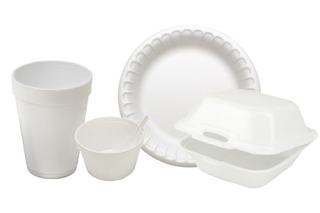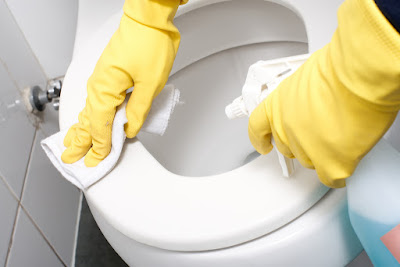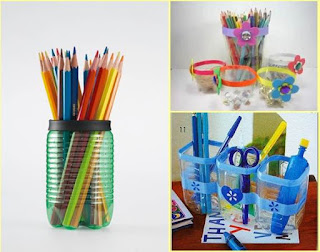Polystyrene Waste and Its Management
Polystyrene
is the third most widely used raw material for disposable products, after paper
and plastic. It comes in two forms; expanded or extruded and is also known as
Styrofoam, which is a genericized trademark. Commonly, Styrofoam is used for
disposable cups, plates etc. and it does not decompose for hundreds of years.
This makes significant negative impact on the environment and activists the
world over are dead against its usage. Since they float on water, unmanaged
waste often ends up in the ocean, causing harm to marine life. Also, animals do
not recognise this synthetic material waste and consume it, mistaking it for
food.
Why is it
popular?
Polystyrene
has excellent hygienic qualities and thermal insulation properties, making it
ideal for disposable food containers, plates, cups etc. It keeps hot items hot
and cold items cold for longer duration because of its excellent thermal
resistance. Polystyrene food containers also keep food fresher for longer and
is far economic, compared to its alternatives. These and the cheap availability
are the main reasons for its widespread popularity around the world.
Is it
Recyclable?
There is a
common misconception among people that Styrofoam or polystyrene is not
recyclable. This is not true and the reason why recycled polystyrene is not commonly
used for even disposable products is because manufacturing fresh polystyrene is
cheaper than recycling it. But if handled properly, polystyrene waste can be efficiently
recycled and reused economically.
Segregation
The first
thing to take care of is that the waste is not contaminated by organic waste
such as left-over food. Unclean or comingled polystyrene waste is not
recyclable. You must also make sure that the polystyrene waste you send for
recycling is not mixed with other waste like paper or metal. If cleaning and
segregation of the waste is done at the source, half of the difficulty in its
recycling process is taken care of.
Compaction
Another major
issue in managing Styrofoam waste is its being large and bulky. It makes it
really hard for waste transporters who move large quantities of polystyrene waste
and used Styrofoam food containers take up majority of their storage space. You
can do your best to break them down into small pieces by shredding or grinding
and compact them as much as you can before throwing them into the recycle bin.
It is easier for recyclers and transporters if every single waste generator
does their part in compacting the waste.
From a
domestic level, these are the only things you can do, as a waste generator. But
from an ecological perspective, it is best to minimise the use of polystyrene disposable products and opt for products made from other alternative materials
like paper, bagasse or other biodegradable and sustainably produced disposable
products.






Comments
Post a Comment